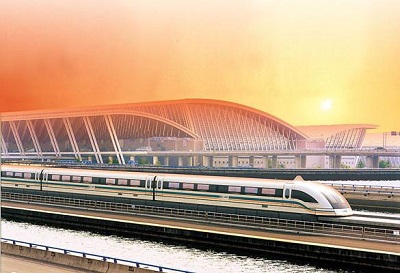Rail transit refers to a type of vehicle or transportation system in which a vehicle is required to travel on a particular track. The most typical rail transit is a rail system consisting of a traditional train and a standard railway. With the diversified development of train and railway technology, rail transit presents more and more types, not only spread over long-distance land transport, but also widely used in medium- and short-distance urban public transport.
Common rail transits include traditional railways (national railways, intercity railways, and municipal railroads), subways, light rails, and trams. New rail transits include magnetic levitation orbit systems, monorail systems (straddle-type rail systems, and suspended rail systems). Passenger automatic MRT system, etc. In the Chinese national standard "Common Terminology of Urban Public Transportation", urban rail transit is defined as "the general term for rapid mass transit public transport, which is usually powered by electric energy and adopts the method of wheel and rail operation."
According to the difference of service scope, rail transit is generally divided into three categories: national railway system, intercity rail transit and urban rail transit. Rail transit generally has the advantages of large volume, fast speed, tight frequency, safe and comfortable, high punctuality rate, all-weather, low freight, energy saving and environmental protection, but it is often accompanied by high upfront investment, technical requirements and maintenance costs, and is occupied. The space is often larger.



